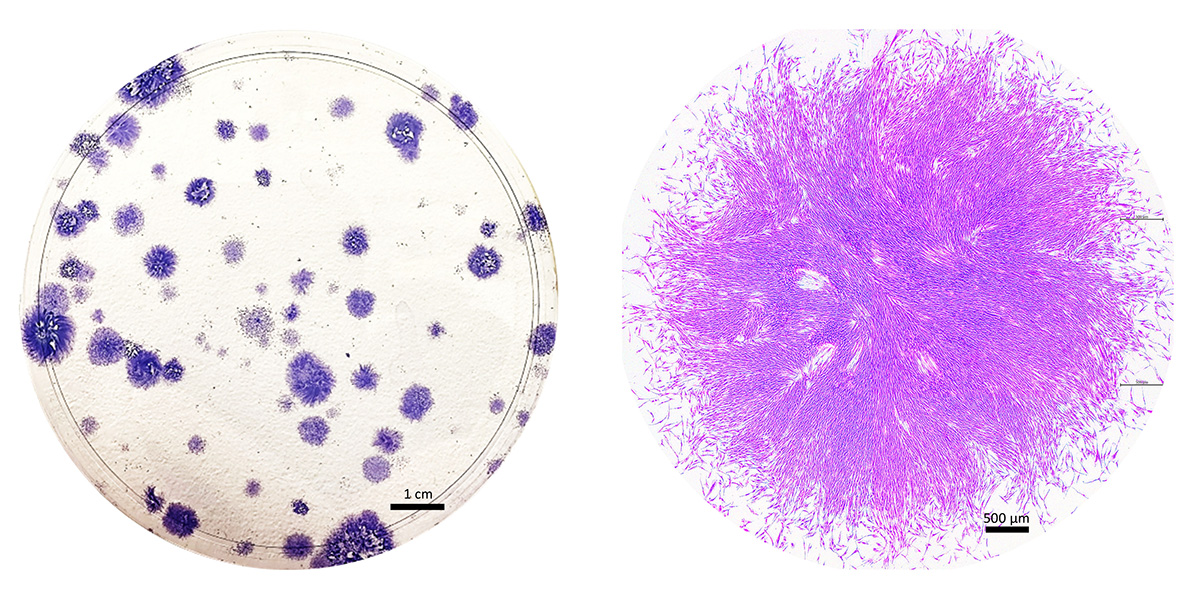A New Realm of Medical Possibilities

Over twenty years ago, Caroline Gargett, a pioneering biologist, embarked on a quest to uncover the presence of stem cells within the endometrium, the inner lining of the uterus, a venture that has since opened up a new realm of medical possibilities.
Gargett’s hypothesis was driven by the endometrium’s unique ability to regenerate every month, a trait that suggested the presence of stem cells.
Adult stem cells have been identified in other regenerating tissues, but their presence in the endometrium had remained elusive until Gargett’s work. Her findings not only confirmed the existence of these cells but also potentially the answer to a wide number of health conditions.
Gargett’s research at Monash University and the Hudson Institute of Medical Research in Australia involved rigorous testing to prove these were indeed multipotent stem cells, capable of transforming into various cells types including those found in bone, fat, and even heart muscle.
Around the same time, independent teams discovered that some of these versatile endometrial stromal mesenchymal stem cells could also be harvested from menstrual blood, a method less invasive than surgical biopsy. This finding was significant, as it offered a simpler way to access these valuable cells.
This breakthrough has significant implications for regenerative medicine, offering a pathway to repairing damaged tissues and treating a spectrum of diseases far beyond the realm of gynecological conditions.
What can it do?
The potential therapeutic applications of menstrual stem cells extend into areas such as diabetes management, where research in animal models has demonstrated their capability to stimulate the regeneration of insulin-producing cells, thereby improving blood sugar control. They have also shown potential in improving fertility and repairing damaged endometrium. Furthermore, their role in wound healing has been explored, with promising results indicating that stem cells can significantly enhance the healing process.
It also offers hope for treating conditions like endometriosis, a painful condition that affects roughly 190 million women and girls worldwide. Research has shown that stem cells from menstrual blood exhibit different characteristics in women with endometriosis, paving the way for much needed none invasive diagnosis and treatment possibilities.
Despite their potential, menstrual stem cells and their applications in disease treatment remain a relatively untapped area of research, pointing to a new frontier in regenerative medicine and women’s health.
If this was interesting to you, I would highly recommend checking out this article which goes into more detail about what these stem cells can do and how it was all discovered.